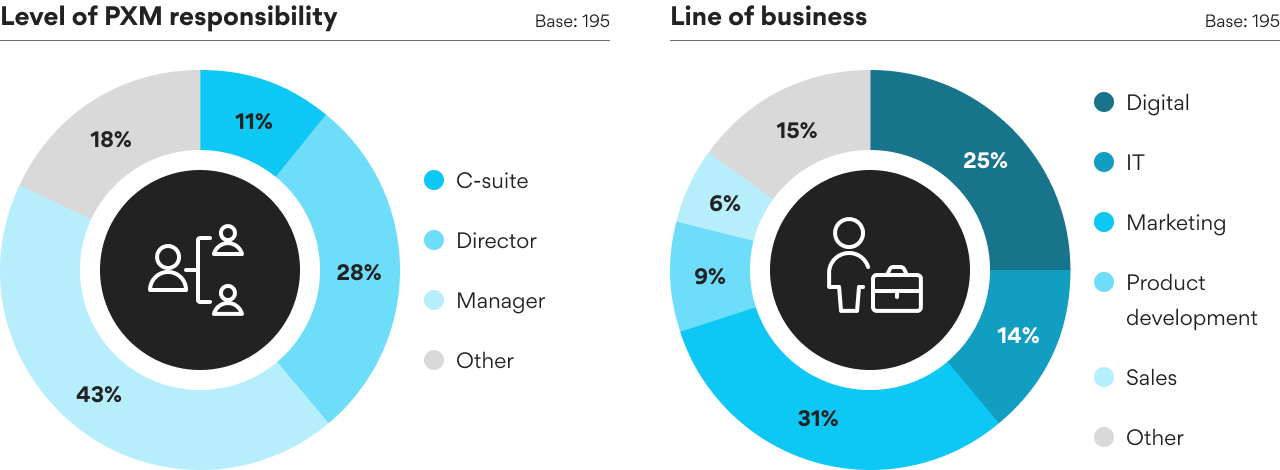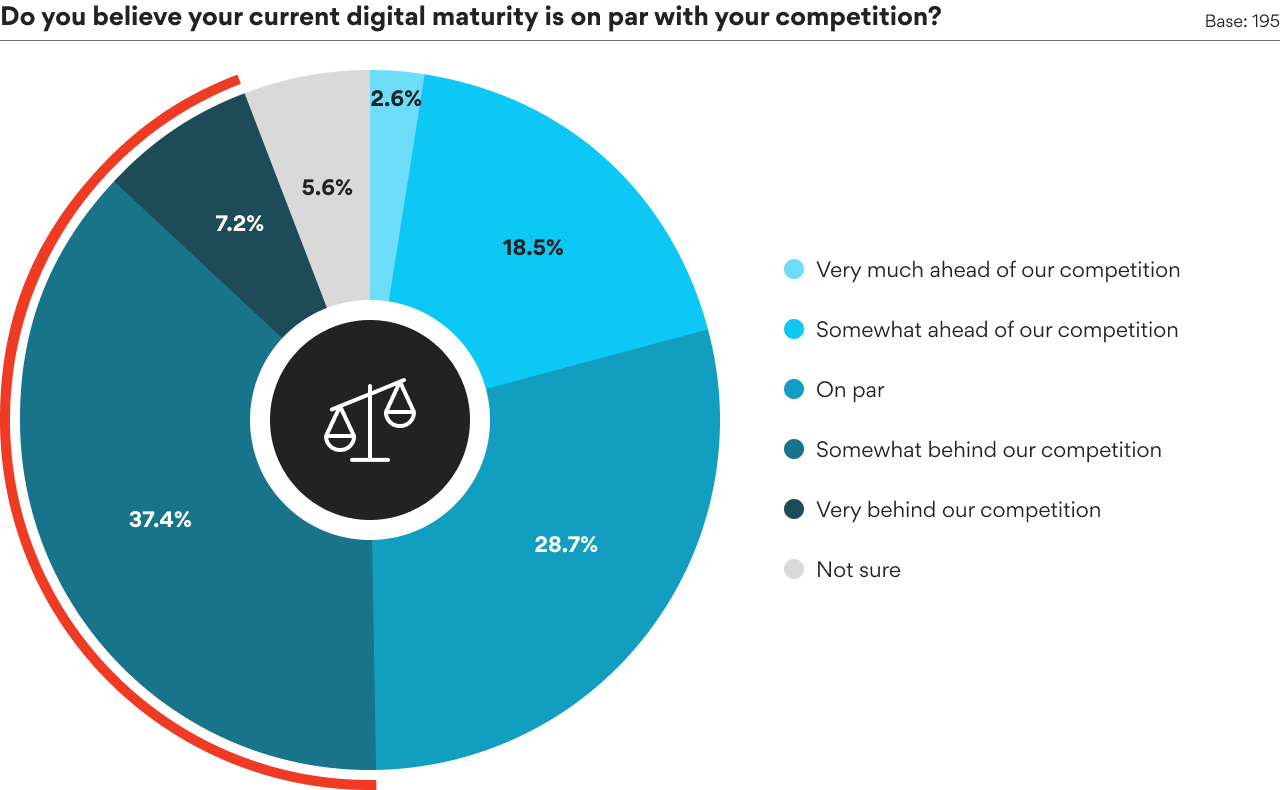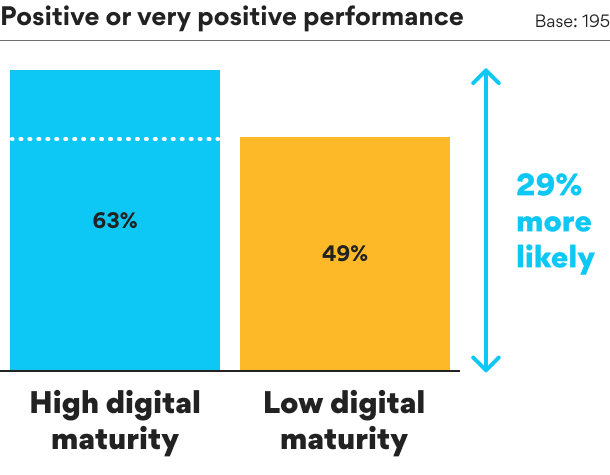
Last week, members of the Ntara team attended PIMpoint Chicago 2024, hosted by our partner inriver. In this article, we’ll outline key takeaways from several sessions.
Pay close attention below for insights from our own primary research.
Brooke Cunningham, inriver’s CMO, was the master of ceremonies for the two-day event. She kicked off day one by introducing inriver’s new CEO Rohit Goyal, who left the crowd with two promises—inriver is committed to partner success and customer success.
The future of PIM
The first keynote session of day one kicked off with an announcement that day two would showcase a live demo of several new inriver features.
Stephen Kaufman, inriver’s Chief Product Officer, outlined the history of inriver. In the early days, it was built around the “master of the PIM domain.” The person who understands all the attributes, entity models, incoming and outgoing data. The person who wants and needs complete control—and all the PIM bells and whistles.
Today, inriver has evolved to meet the needs of more “casual users of PIM.” These folks have other jobs. They don’t live in PIM every day. They want easy access to what they need to do, then they’re off to work on something else.
“Each end user should be applying value,” Kaufman said—not spending time figuring out the tool.
Kaufman announced new product features that would be demonstrated in-depth on day two, including content onboarding APIs, AI-powered content creation and onboarding, product data governance tools, extension management, new workflows, GDSN data delivery, enhanced content distribution, and more.
Realizing the potential of PIM
In another keynote, Gretar Thorsteinsson, Lead Product Manager at Pandora, outlined how the company has used PIM to improve customers’ shopping experiences.
One persona group (the “gifters”—usually men) shop in a particularly unique way. They search online, go to the website, or see something on social and they take a picture or screenshot. Then, they head to the store to buy that item.
Because Pandora’s product data was previously inconsistent, it often took the store associate too long to find the product. This created a bad customer experience and, in the worst cases, lost sales.
Thanks to inriver PIM, Pandora is now addressing this and other product data issues.
For example, say the gifter wants to purchase a piece of jewelry that is made from 100% recycled gold. Pandora is a leader in sustainable jewelry. In fact, they plan to sell only recycled gold and silver in 2024. This critical piece of product data must be accurate across all channels where gifters (and others) shop.
Pandora also detailed an artificial intelligence (AI) initiative through which store associates can solve a long-standing issue—their products have no barcodes. While this is typical in the jewelry industry, it presents challenges when customers bring jewelry into the store and want to purchase related products.
With AI product identification, Pandora could shorten the time for finding products and pricing in-store. They could also facilitate better inventory numbers, which today is a pretty manual process. And lastly, in terms of personalization, AI could help shoppers find products that fit well with their tastes.
Ntara presents 2024 digital commerce benchmarks
Andy Didyk, Ntara’s SVP of Sales & Marketing, took the stage right before lunch to debut our original research study. Andy opened by acknowledging the “multichannel world” where manufacturers and brands function.
“We conducted this benchmarking study to inform the industry, our partners, and the companies we work with,” Didyk said. “We want to reflect this data back to consumer brands and industrial manufacturers via a repeatable benchmark study that these industries can look to for years to come.”
He went on to outline the bones of the study: 158 unique companies representing $26B in annual revenue, with more than 9,000 data points collected and analyzed. Respondents were split between two main groups: consumer brands (60%) and industrial manufacturers (37%) with another 3% categorized as “other” and excluded from most of the insights.

The study reflected a good mix of business lines (25% in digital roles, 14% in IT, 31% in marketing, and 9% in product development) and a good mix of PXM responsibilities (11% C-suite, 28% director, 43% manager).

When asked to evaluate their own digital maturity, 37% of respondents reported early-stage phases—either assessing their digital needs to invest in digital transformation or having limited pockets of digital strategy and siloed systems.
What’s more, 45% of respondents reported feeling behind their competition in terms of digital maturity.
When asked how they’d describe their companies’ performance in the last year, respondents felt more positive—with more than half of them reporting “very positive” or “somewhat positive.”
So, what separates those top performers from the others?

This study found that companies reporting high digital maturity were 29% more likely to report a positive or very positive outlook for 2024 performance.
The research pointed to two systems being critical to this success: PIM and DAM.
There was near universal agreement among respondents on the importance of these tools for a successful digital commerce practice. What’s more, they reported that their businesses understood the importance of both PIM and DAM.
And while both systems have much to offer in terms of business growth, the most common reasons for adoption were more focused on bottom-line savings: centralizing data and assets, saving cost, and increasing internal automation.
While these are the foundational benefits of PIM and DAM, they won’t drive top-line growth.
Didyk explained that the research also evaluated publicly available financial data for several companies in the study. The combined data suggests that “advanced users” of both PIM and DAM are more likely to expect and report positive financial performance.
“Advanced” in these terms describes businesses that invest in PIM and DAM to drive syndication to sales channels, enhance their marketing capabilities, and manage rights and licensing information.
Key takeaways from Ntara’s benchmark presentation:
- Multichannel is not a buzzword for digital commerce.
- PIM and DAM are critical to digital commerce success.
- Strategy must lead; no more foundational implementations.

Download the 2024 US Manufacturers Digital Commerce Benchmarking Study.
Using PIM to drive positive change
David Meeler, Technical Marketing Manager, and Tonya Gooden, Product Information Department Manager, took the stage that afternoon to share how Yamaha is driving change with inriver PIM.
Yamaha’s business is complex. They have tons of different SKUs and many global teams. Their goal with inriver PIM was to create an easy, smooth process that reduces the amount of people looking for product data in spreadsheets.
Sounds easy, right? 😊
Yamaha started with a few product SKUs in the US, its largest market. Their goal is to send product data to the stakeholders and channels that need it using three questions:
- Is it true?
- Is it easy to digest?
- Is it in the form they need it to be?
As for how they’re rolling out inriver PIM to more and more business units, Gooden suggested, half-jokingly, “Be a nice bully.” Don’t accept no as an answer. If your company has invested in PIM, the employees need to use it. That’s the only way your company will ever gain ROI from PIM. Show each business unit what’s already in the PIM and what they can do with it. Once they see it, she said, they typically get it.
Using PIM to activate the AI feedback loop
Ntara customer Furniture.com also took the stage to share their story. Frances Levison, AVP of Product, spoke about the incredible ways the company is using AI and machine learning (ML) to improve their online shopping experience.
Furniture.com is an aggregator of furniture products, so ease and simplicity are critical to their product experience. In the first use case, Levison explained how the company is making discovery easier with AI.
Since 73% of their furniture searches are non-branded, Furniture.com needed to optimize search around non-branded terms. If a customer is looking for a green, velvet, mid-century modern sofa, the search should provide them with the best, most accurate options.
So, the Furniture.com team created an AI-based search that limits results based on the prompt. They use a generative image search process flow in which users enter their idea or vision, and the model draws a 3D image of what it thinks the item would look like. The model then saves that synthetic image and matches products based on it. As results are generated, they measure click-thru rate (CTR). Anything with a low CTR gets flagged in PIM for review.
Levison also outlined an ML model that optimizes the images coming in from manufacturers. Say a mattress image has a white background when it’s received. Furniture.com. knows that mattresses sell better in lifestyle settings. The ML model can re-generate the image with the right background, proportioned properly.
If images are too close up or justified to one side or the other, the model can adjust them to be more standard with other product images on the page.
Lastly, to ensure products show up in the right categories, Levison shared the story of an AI model that automatically categorizes products. That way, when a chair comes pre-categorized as just a “chair,” it can be automatically categorized as an accent or wingback chair to align with how Furniture.com customers shop online.
PIM helps safety equipment manufacturer expand and scale
Stacy Gardella, PIM Owner at Werner, closed out the day of keynote sessions by reflecting on Werner’s three-year-and-counting PIM rollout. To date, the company has implemented PIM into seven of their 11 brands using the following format—which we cosign as a great approach, even though they aren’t our client.
Phase 1: Planning and preparation
Assess current state
Define objectives and goals
Formulate implementation strategy
Phase 2: Implementation
Data migration and integration
Configuration and customization
Training and change management
Phase 3: Optimization
Continuous improvement
Data quality management
Enhance user experience
Phase 4: Future vision
Advanced features and functionality (which inriver is continually working on)
Expansion and scalability
Collaboration and ecosystem integration
PIMpoint day 2 highlights: inriver new feature demo
Day two kicked off with Stephen Kaufman and team doing a live product demo.
Joakim Larsson, Principal Product Manager, showcased inriver onboarding. The goal: Get data into PIM as easily as possible.
Key takeaways from this demo:
- Lower implementation and maintenance costs
- Faster overall import time
- Comprehensive data quality control
Karin Björnbäck, Product Manager, showcased inriver Enrich. The goal: Kickstart the creative workflow and review/approve newly imported products to ensure data and value completeness.
Key takeaways from this demo:
- Pre-identified fields for missing and inaccurate data making your assignments clear and completing them faster
- Volume of products affected is identified in each assignment, ensuring visibility and accuracy in your data journey
- Tailored workspaces and actions to specific users and roles
Viktor Berqqvist, Feature Manager, showcased inriver content creation. The goal: Ensure each product has compelling product marketing content that can be created efficiently.
Key takeaways from this demo:
- Exceed market demands: Accelerate time to market by automating content creation using AI
- Targeting at scale: Instantly create new commercial content on your full product assortment
- The product with the people: Work smarter by integrating AI into your human processes
Ryan Breitenbach, Commercial Product Operations Manager, showcased inriver Syndicate Plus. The goal: Push accurate product content to retail partners in their preferred format.
Key takeaways from this demo:
- Update more retail templates in less time and connect your products to the largest retailers across the blogs
- Using preflight validation, you can catch errors before your products are sent to the digital shelf
- Leverage enhanced content to improve your share-of-shelf, keeping up with constantly evolving demands
Breitenbach also demonstrated inriver’s digital shelf analytics tool. The goal: Track multiple SKUs across multiple retailers at scale.
Key takeaways from this demo:
- Automate the monitoring of product listings across multiple retailers, reducing the need for manual checks and increasing operational efficiency
- Simplify the tracking of product and brand compliance with industry standards on PDPs
- Enable automatic actions for investigating discrepancies, to allow more proactive management of product performance
Perhaps the most endearing part of the product demo was when Kaufman video called his development team so the crowd could cheer for them in response to the product demo.
Ntara debuts custom inriver user interface on PIMpoint demo stage
In addition to all these sessions and more, our team got the chance to debut the custom UI we created for inriver PIM. Based on their business needs, we have created similar customizations for multiple clients.
For example, a global shoe manufacturer wanted to increase PIM adoption among its copywriting team. We created a custom user interface just for copywriters, that shows them only what they need to do their job—no more, no less.
Similarly, we launched a custom UI for a global tool manufacturer in just three months. Today, their data teams and employees can easily navigate to fields relevant to them without the noise of unnecessary information.
Ntara honored as inriver Partner of the Year, North America
To close out the two-day event, inriver presented awards to some of its North American partners and customers. Our team was honored to receive the Partner of the Year, North America award. Be on the lookout for another article detailing the criteria of this award very soon.
Up next with inriver, Ntara is sponsoring and presenting at PIMpoint Europe 2024, which will take place in Malmo, Sweden, on May 15 and 16. Stay tuned for live updates from that conference on our LinkedIn page.